Join the community
Thought Leadership Centre
Most Read
1. Finance leaders flag governance risks with fast growing fintech systems 2. Why AI governance is a key priority for financial institutions 3. Foreign institutions pursue market entry as Japan strengthens fintech rules 4. Payment leaders push for interoperability to solve SME cash flow 5. Five takeaways from day 1 of the Singapore Fintech FestivalResource Center
Awards
Mar
24
Event News
Energy & Offshore
Tuas Power to complete Singapore’s first 100% biomass conversion by 2028
The landmark project will cut one million tonnes of carbon emissions annually.


 Advertise
Advertise
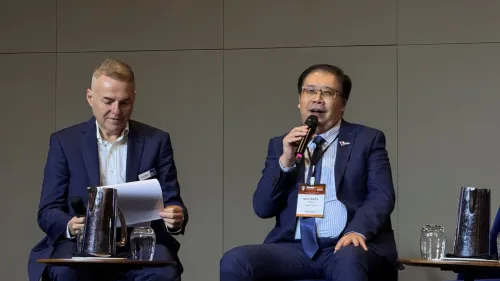

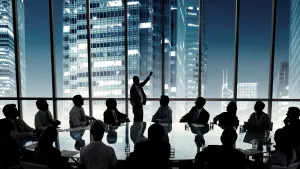

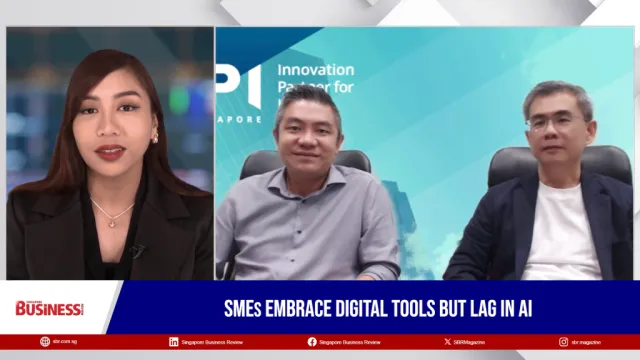
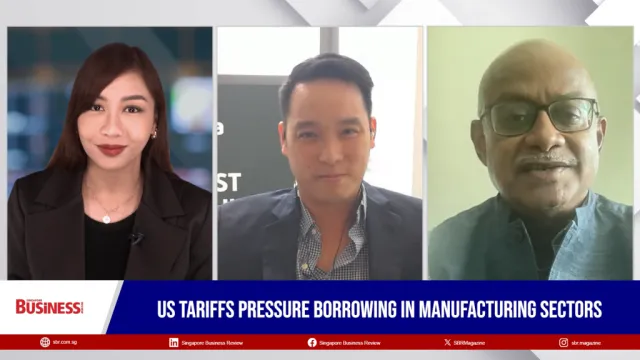
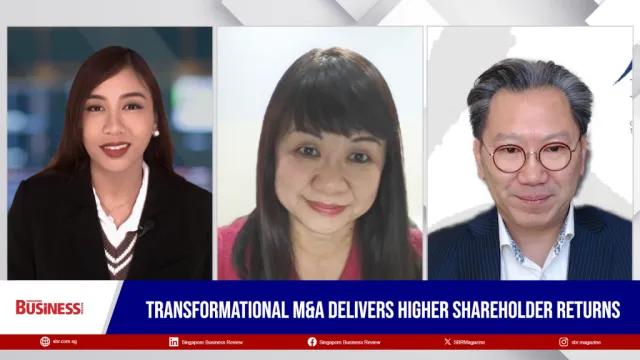

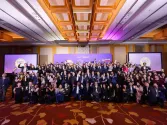
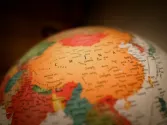









Commentary
The case for a ‘Customer Experience Officer’
The case for a ‘Customer Experience Officer’
Kiss my asterisk: Bad headline writing in Singapore
Is online social engagement lacking in Singapore?
Are your performance measures costing you money?
Can you keep a secret? A mobile secret, that is
Boost your career with two P’s
Make an impact on the web
The face-off: Sales vs marketing
How far should we go in pleasing the clients
How do you respond to online bashing?
A competitive strategy amid market slowdown
How can SMEs survive natural disasters?
Where will mobile go in 2012?
The secret to innovation that works
The recipe for a winning website
Was Andy Warhol right about his fifteen minutes?
Recession: The best time to rebuild your company